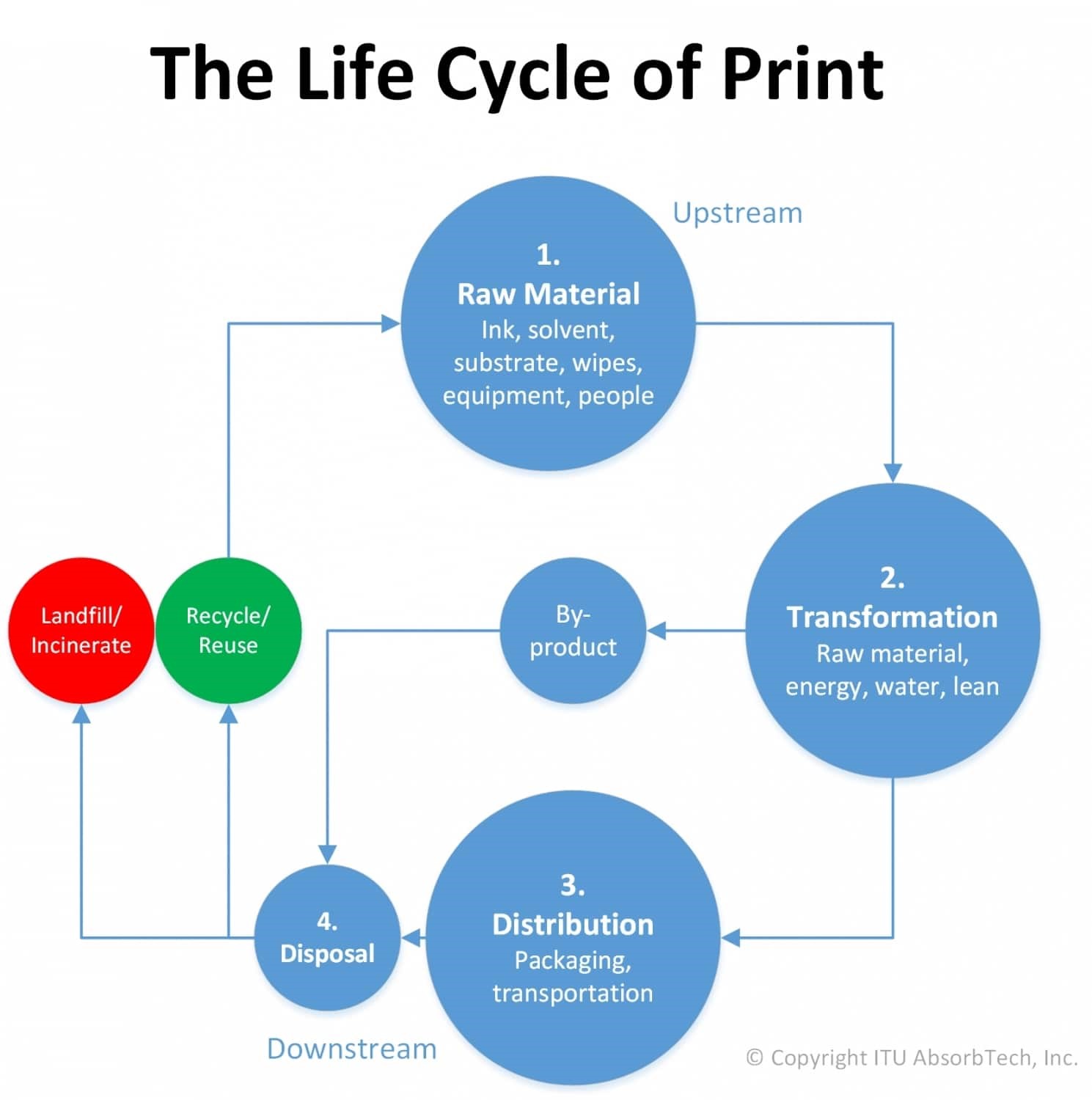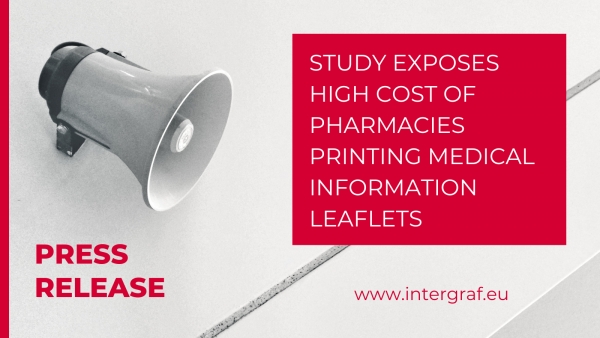September 2021

Demand for sustainable print technologies creates new business opportunities
More environmentally friendly printing is fast emerging as a key industry trend for the 2020s.
With the UN's Intergovernmental Panel on Climate Change issuing a 'Red Alert' for climate change on 9 August, brand owners and consumers are increasingly searching out and choosing solutions that minimise carbon emissions and waste.
This is examined in detail in the new Smithers report - The Future of Green Printing to 2026. It is a trend that will increasingly reward print service providers, inks and consumables suppliers and OEMs, that invest in more sustainable solutions over the next five years, and beyond.
This will evolve into specific opportunities at each stage of the print value chain. Among the highlight topics Smithers' expert research identifies are:
- Cutting wastage in make-ready and set-up will favour wider use of digital (inkjet and electrophotography) print systems. A forecast reduction in the average run length for many print jobs will magnify this impact
- The rapid adoption of bio-based solvent and water-based inks, with the current generation of vegetable oil inks already promising over 50% recycled content, and reduced emissions of volatile organic compounds (VOCs)
- Increased sales of sustainable substrates, including recycled fibre and virgin paper grades accredited to sustainably forestry schemes. For PSPs there is an onus to limit use of virgin materials, and print on recycled paper grades when a premium surface is not necessary
- A consistent trend in packaging is to substitute away from existing plastic packaging to fibre-based alternatives. Printers can capitalise on this trend by retooling their print lines to support these less uniform substrates
- There is interest in developing new fibre sources for printing papers, such as bamboo or agricultural by products; as well as a limited impact from wider use of recycled plastic and biopolymer substrates in some packaging applications
- Investment in print processes that minimises secondary raw material use, such as reduced water consumption for wash off
- Greater support for technology platforms that enable the collection and reuse of print materials, both in industrial closed loop and consumer recycling streams.
Simultaneously the desire to implement more planet-friendly working practices will support a reordering of print businesses:
- The trend to reshoring production and printing improves supply chain security, and can also deliver saving on carbon emissions and wastage in transit
- Larger organisations can switch to centralised printing models, with a single server assigning job requests most efficiently across its network of presses and end-users. This can also extend into the integration of web-to-print platforms for consumer sales.
With 2021 set to be a pivotal year for the world's efforts to contain climate change, these and other important timely trends for the industry are examined critically in - The Future of Green Printing to 2026. It profiles the evolution of circular economy principles, key legislative initiatives, the impact on analogue and digital print processes, and all major print product segments (Books, Magazines, Newspapers, Advertising, Catalogues, Commercial, Security applications, Transactional print, Printed décor and textiles, Packaging, and Labels).
Downloads Intergraf Economic News (Paper Prices) - March 2024
Intergraf Economic News (Paper Prices) - March 2024
March 2024
Access the latest edition of the Economic Newsletter for the European Printing Industry for data on paper consumption, and pricing data for pulp, paper and recovered paper. Data for packaging papers and board is also available with this edition.
 STUDY EXPOSES HIGH COST OF PHARMACIES PRINTING MEDICAL INFORMATION LEAFLETS
STUDY EXPOSES HIGH COST OF PHARMACIES PRINTING MEDICAL INFORMATION LEAFLETS
March 2024
Intergraf welcomes the release of a study by our partner MLPS (Medical Leaflet = Patient Safety), a subgroup of the European Carton Manufacturers Association (ECMA) shedding light on the potential economic costs associated with the proposed use of Print on Demand (PoD) leaflets in the pharmaceutical legislation revision.










